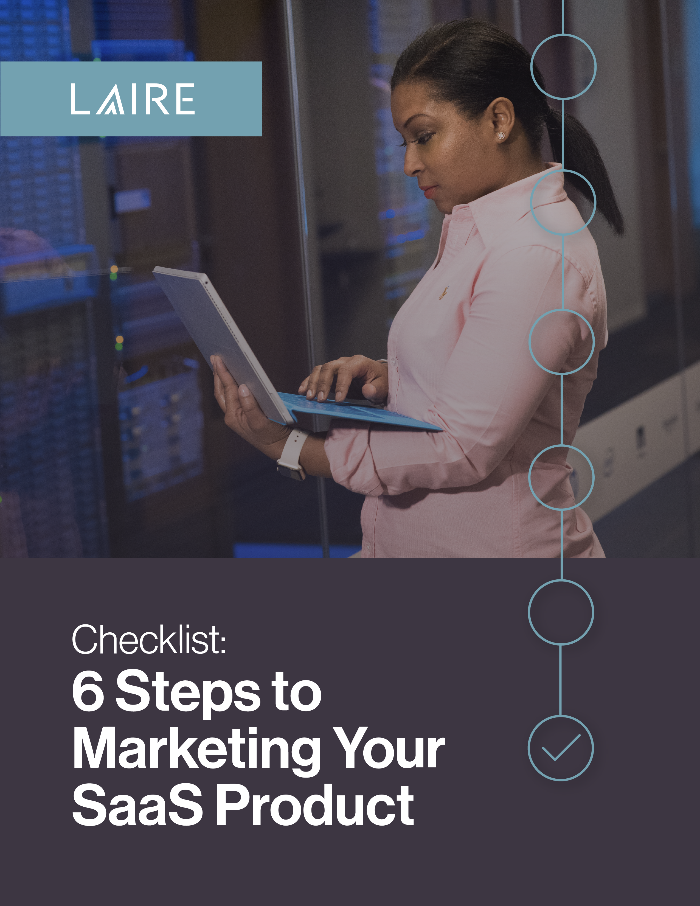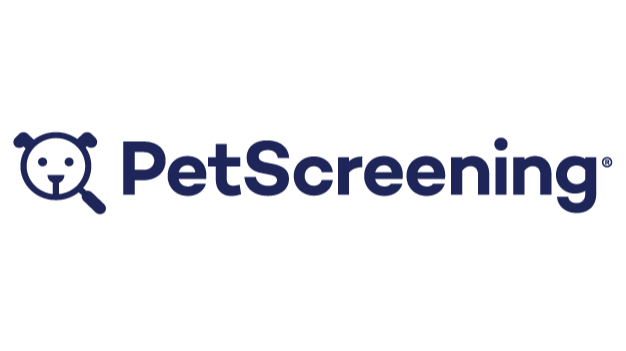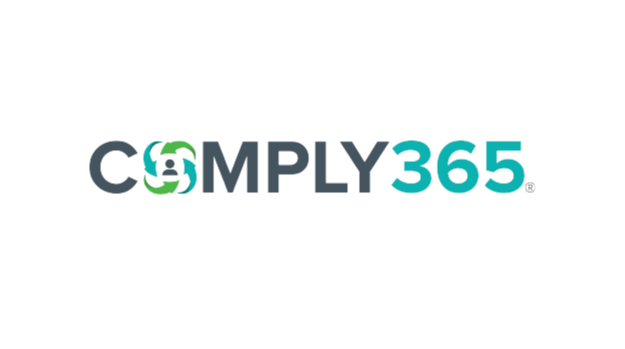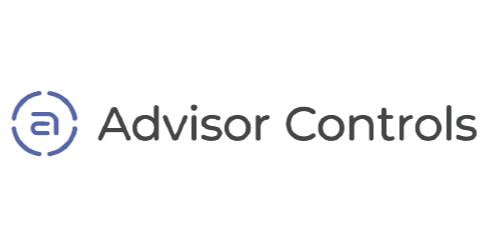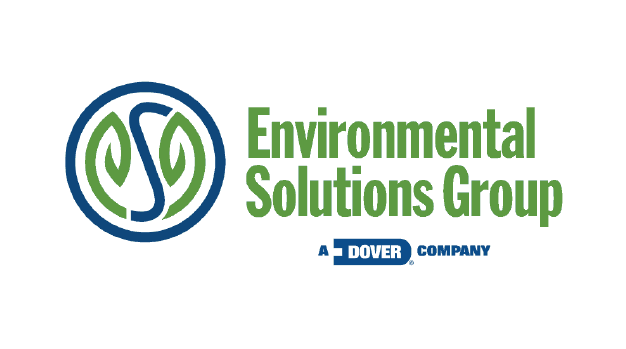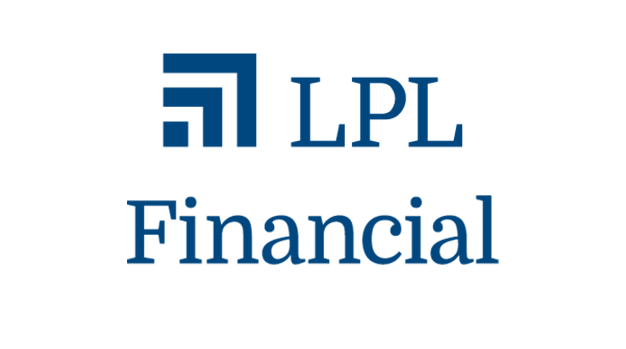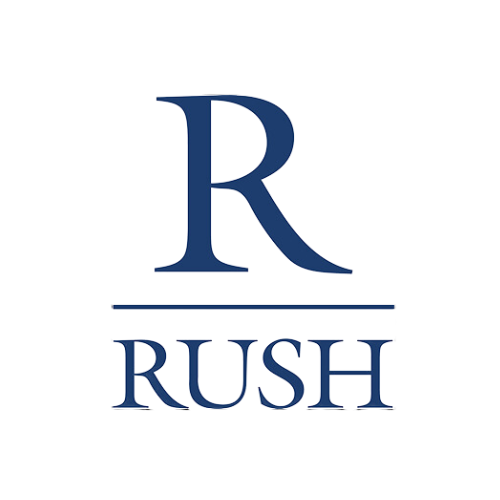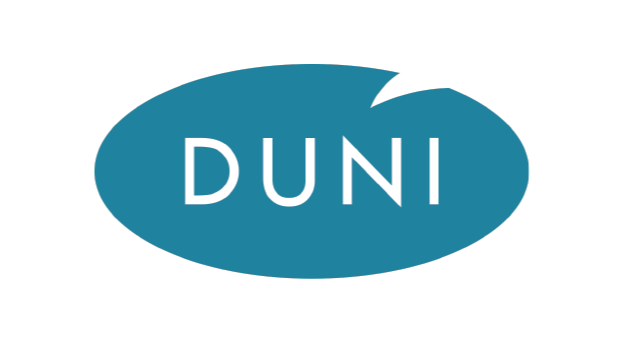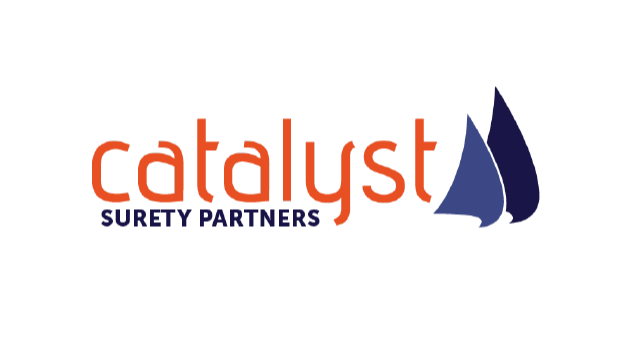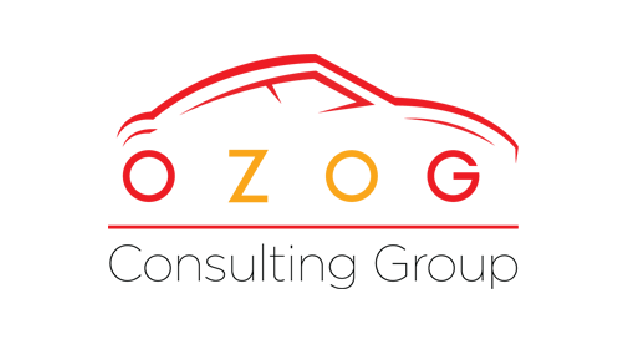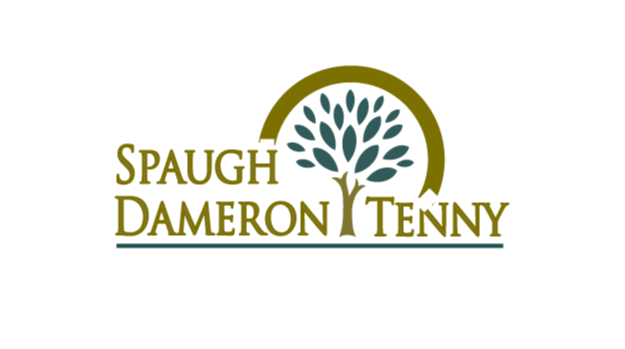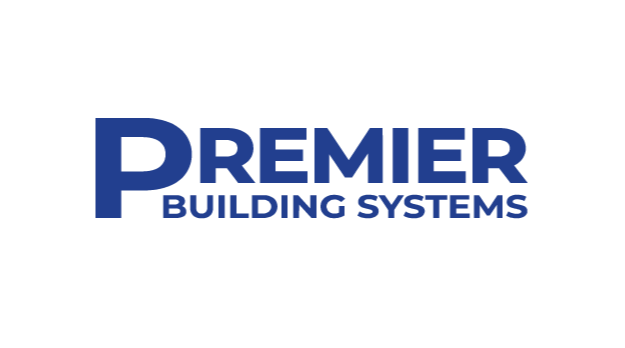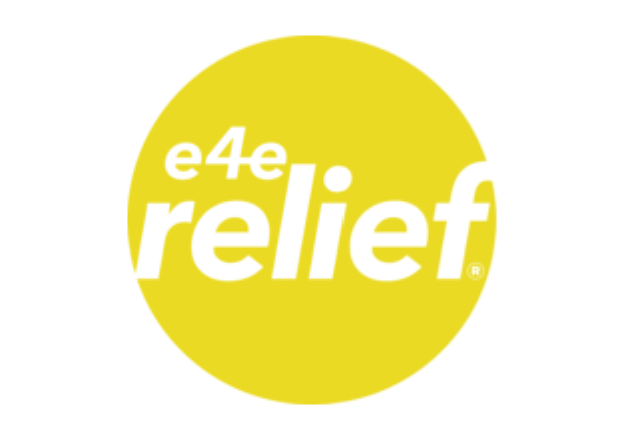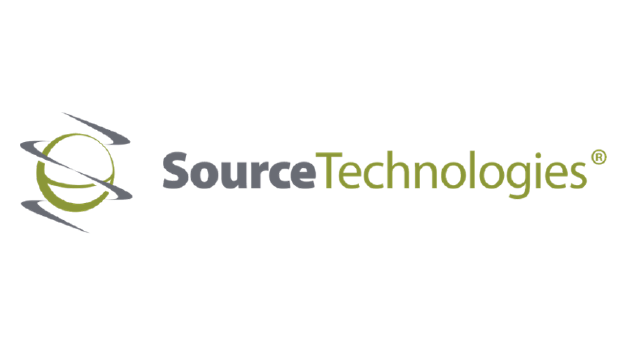When SaaS company Aceyus came to us in 2018, their digital presence was weak: They had an outdated website, no social media presence, and limited content marketing.
Our goal was to implement a reliable method to expand their lead pipeline and establish a comprehensive marketing strategy for sustained revenue growth.
Over an 8-week project, we created a customized Marketing Action Plan (MAP) by LAIRE®, focusing on the following objectives:
- Increasing website traffic
- Enhancing brand awareness
- Generating more demo requests
- Implementing a CRM system for efficient lead management
Find out what steps we took and the incredible results Aceyus was able to achieve.


